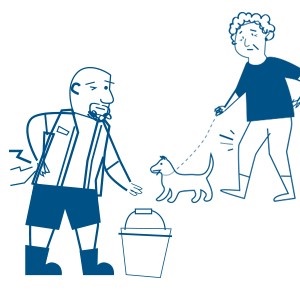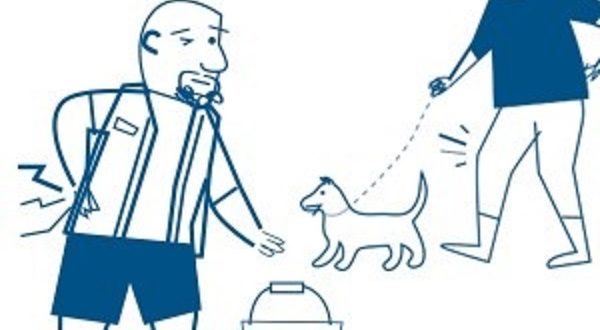 For some people the diagnosis of OA can be stressful and confusing but while there is no cure for OA there are many ways you can manage it and learn to live well with it. At Active+, we understand that living with Osteoarthritis (OA) in your hip or knee can sometimes be a struggle and have a large impact on your day-to-day life.
For some people the diagnosis of OA can be stressful and confusing but while there is no cure for OA there are many ways you can manage it and learn to live well with it. At Active+, we understand that living with Osteoarthritis (OA) in your hip or knee can sometimes be a struggle and have a large impact on your day-to-day life.
Osteoarthritis (OA) is the most common form of arthritis and represents a mechanical breakdown of the cartilage which acts as a shock absorber for the joints. When cartilage is healthy, it is shiny and rubbery and allows your joints to slide smoothly as you move your limbs. When someone develops OA, the cartilage becomes rough and thins out, making it more difficult to move your joint and often causes swelling and pain.
People describe various intensities of pain associated with OA from mild aching to a feeling of ground glass between the joints. Usually this pain is associated with stiffness, especially on waking or after prolonged periods of inactivity, which slowly eases with movement. Some people experience a grinding or grating feeling when moving their joint. Others have episodes where their joints lock up, or in the case of our weight-bearing joints like the knees and hips, gives way.
Factors that may lead to the development of OA include:
– previous injuries
– being overweight
– increasing age
– gender – females being more prone to OA
– heredity (especially for OA of the hands and fingers)
– muscle weakness
There is no cure for OA however there are many things you can do to reduce your symptoms and prevent the condition from progressing. These things include:
Exercise.
Exercise can improve your muscle strength to offload your arthritic joint; enhance your balance; regain joint motion and improve your fitness. Types of exercise which research has shown may be helpful for OA are: hydrotherapy (water-based exercise in a heated pool); walking, resistance exercise (gradually increasing weight used to load the body parts, initially in a non-weight-bearing position) and Tai Chi. A physiotherapist can prescribe a programme that should be manageable and allow you to see improvements within 4 to 6 weeks.
Maintaining a healthy weight.
Losing excess weight you are carrying on your joints can help slow the progression of your arthritis, reduce the pain associated with weight-bearing and improve your ease of movement.
Pain relief.
Arthritis NZ suggest taking paracetamol at the prescribed dose as the first option for medicinal pain relief. Consult your doctor if you feel you require stronger pain medication.
Heat or ice.
Ice can be used to reduce the pain associated with a swollen joint, whereas heat in the form of a wheat bag, hot water bottle or hot shower can improve circulation to a joint and improve the movement. Take care to protect your skin with a towel when using heat or ice.
Diet.
Eating a balanced diet is important, and should help you maintain a healthy weight. Including plenty of calcium and iron rich foods, fruit and vegetables in a range of colours, and reducing your intake of sugars can be helpful.
Complimentary therapies.
There is evidence to suggest that both acupuncture and mindfulness meditation may be beneficial in relieving the symptoms associated with OA.
Working smarter, not harder!
There are assistive devices that can make life easier for you e.g. knee pads for when you need to kneel on arthritic knees, walking sticks for reducing pain and improving balance when weight-bearing, foam padding to slide over knives and forks to make gripping easier when you have OA hands. Talk to a physiotherapist or occupational therapists about sourcing these aids.
Surgery.
Joint replacement surgery is one option that is offered to people when they have advanced OA and are having significant difficulty with day to day activities. Your GP can best advise whether referral to a surgeon is indicated.
For some people the diagnosis of OA can be stressful and confusing but while there is no cure for OA there are many ways you can manage it and learn to live well with it. An easy first step is booking in to see an experienced physiotherapist who will help you who will help you with strategies and advice to make living with Osteoarthritis easier.









Join the Discussion
Type out your comment here:
You must be logged in to post a comment.